Post contributed by Zachary Tumlin, Project Archivist for the Economists’ Papers Archive.
Raymond Battalio (1938-2004) and John Van Huyck (1956-2014) were American academic economists who spent their entire careers at Texas A&M University (TAMU; 1969-2004 and 1985-2014, respectively), where they contributed to the development of experimental economics. Battalio was one of the 12 founders of the Economic Science Association in 1986 and served as its third president, and together, they founded the Economic Research Lab at TAMU in 1997. They are primarily known for their lab work on the problem of multiple equilibria in game theory. Along with Richard Biel, they carried out a series of experiments on coordination that began with the minimum-effort coordination game in 1990. They helped explain why players will fail to coordinate even when it is in their best interest to do so, and they showed the importance of learning because player behavior will change over time.
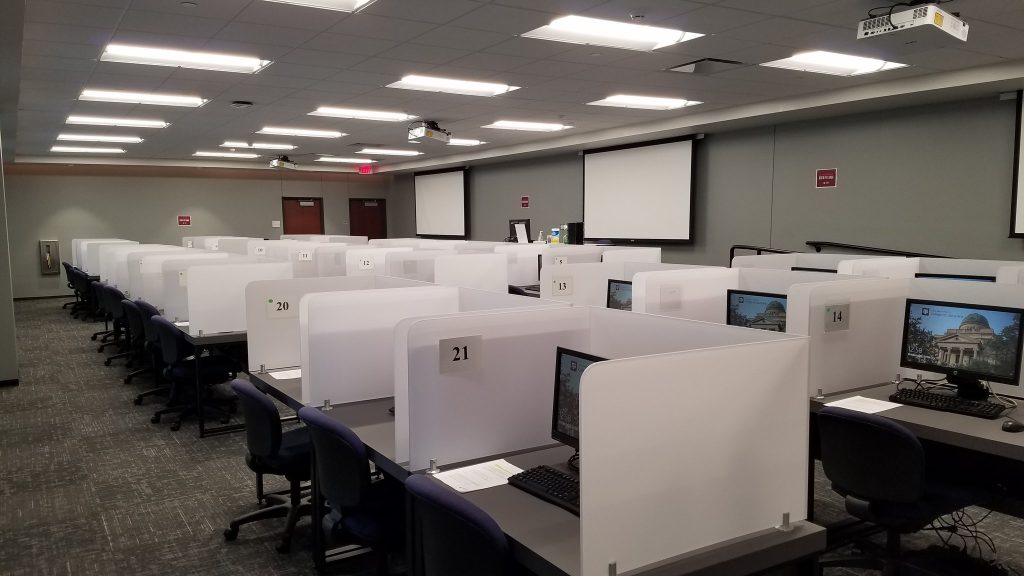
Dr. Jonathan Cogliano, former Project Archivist, began processing their papers (combined into one collection due to their close working relationship) in 2019 before the COVID-19 pandemic and leaving to become an Assistant Professor of Economics at the University of Massachusetts Boston in summer 2020. Undergraduate Elizabeth Berenguer imaged and reported on 442 floppy disks during the fall 2022 semester, and Project Archivist Zachary Tumlin finished processing the electronic records in June 2023.
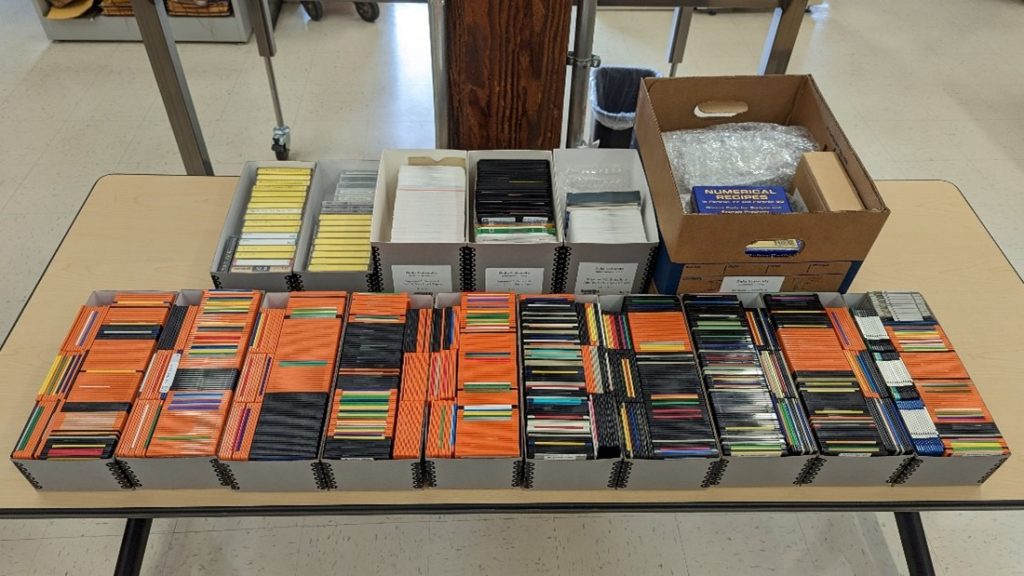
There are 65 boxes with 81 linear feet of paper records and 16 boxes with 1,568 electronic record carriers and 43 pieces of audiovisual material. This breaks down as 1,309 floppy disks (both 3.5” and 5.25”), 245 optical disks (CDs and DVDs), nine hard drives (internal and external), five quarter-inch cartridges, three USB thumb drives, 29 audio cassettes, and 14 microcassettes. Some of these disks were separated from related paper records, while others were not. This is the greatest number of electronic record carriers in an archival collection at Duke, and most or all belonged to Van Huyck. Interested in and knowledgeable about the use of technology, he maintained backups and migrated files to newer storage mediums to prevent data loss, or to transport files between his home and office before he would later use Dropbox.
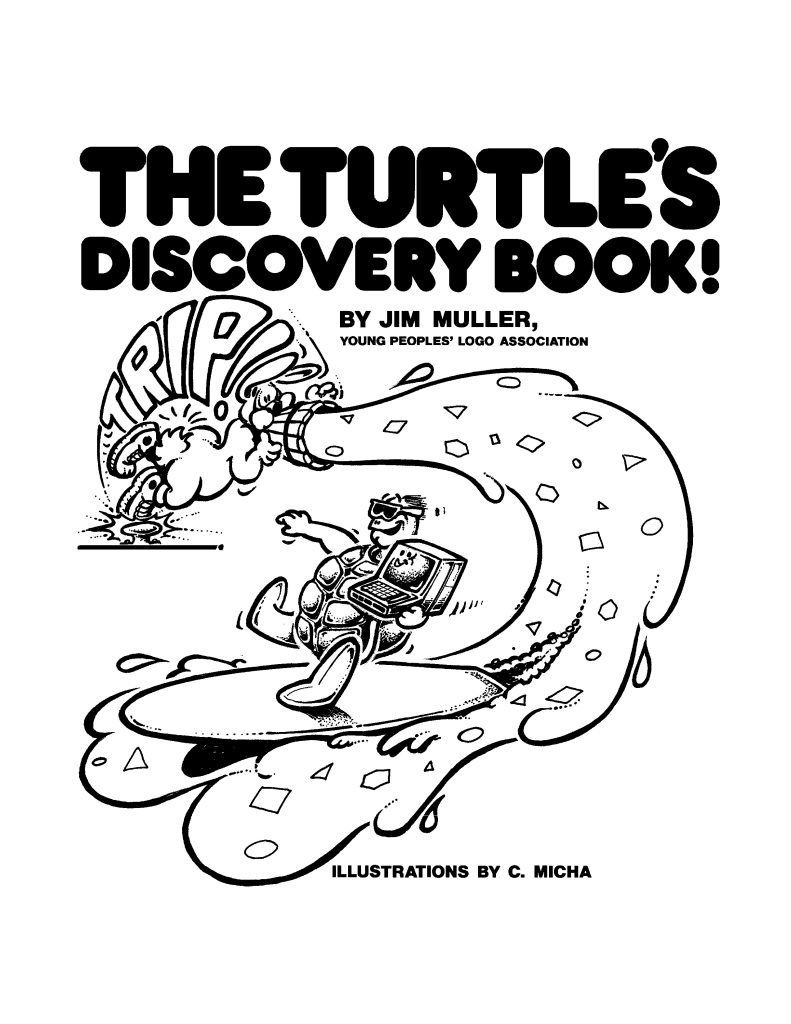
These carriers contain approximately 1.5 million files that total 655 gigabytes, with the hard drives being the largest source. This material was appraised down to 390,864 files that total 56.2 gigabytes and arranged into ten sets (top-level folders) based on the arrangement of the paper records. There are three main reasons for this reduction: 1) some disks are clearly labeled as copies of other disks, 2) some disks are installation disks for software, and 3) the hard drives contain system files that are never retained, and they show an evolution over time due to being used as backups. However, duplicate files remain, especially between different mediums. Seven of these sets are now open for research but three have restricted access due to the presence of personnel records or personally identifiable information.

There are correspondence files with email messages and typed letters, files on their professional activities as economists, manuscript files with writings, research files, files on their university activities as faculty (including teaching and advising), and personal files related to Van Huyck and his family. In particular, there are extensive research files on their experiments, including executable files that theoretically, in the right networked environment, could allow users to replay these games/replicate these experiments using the original source code. This offers interesting possibilities, such as an interactive component of an exhibit on the history of experimental economics or specifically experiment design.



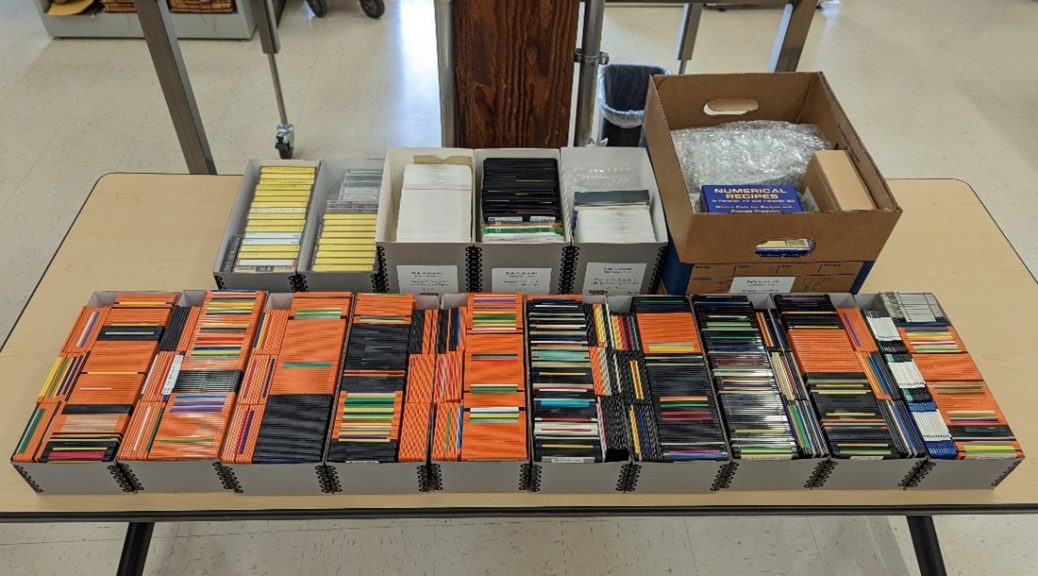
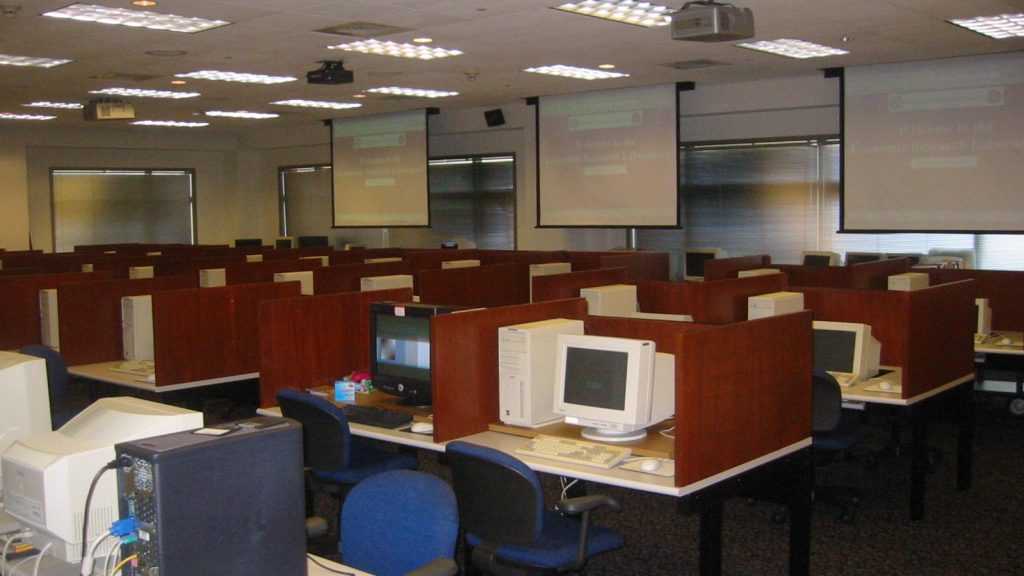

nice